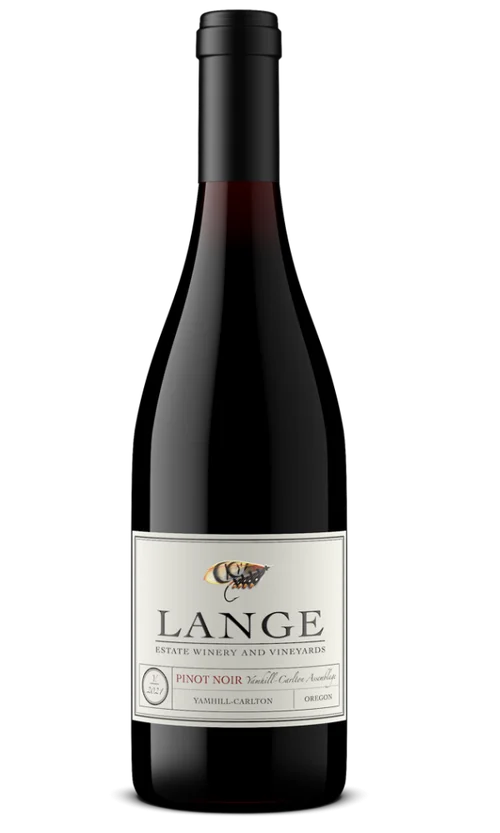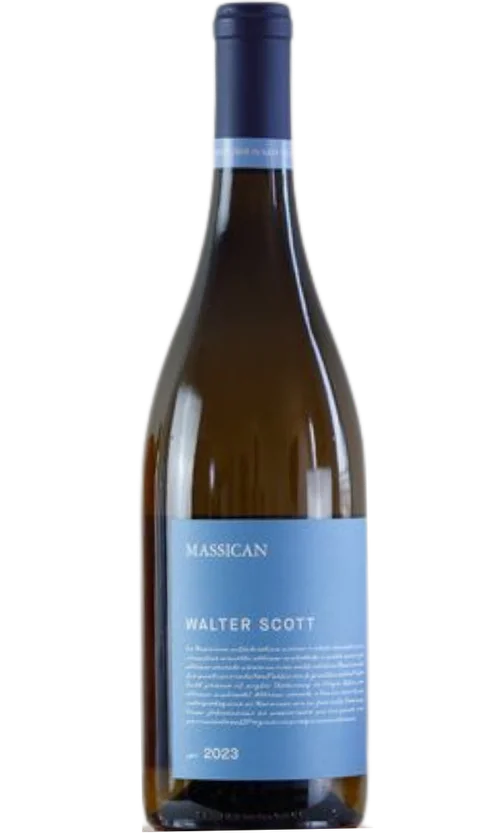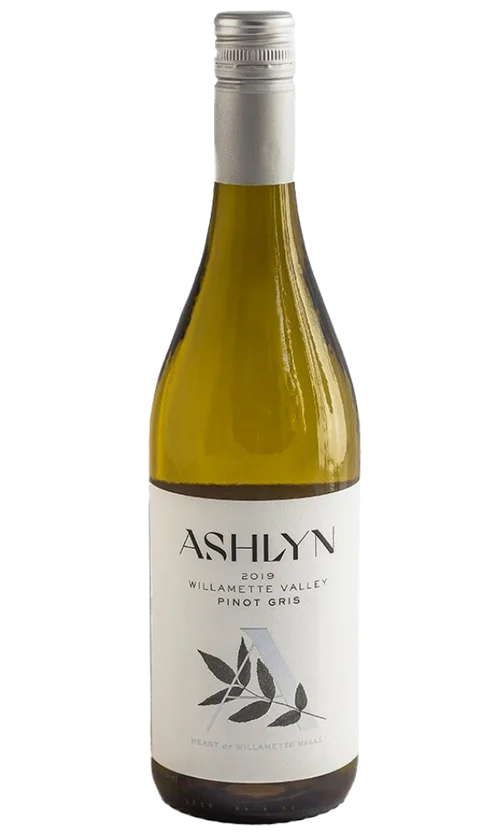About Oregon
Oregon Facts
Although wine-growing in Oregon stretches from the California border to Washington, for most wine lovers Oregon means the Willamette Valley, a temperate, ocean-influenced growing area extending from Portland south to Eugene, or roughly a hundred miles. The majority of the state's best producers are grouped around the towns of McMinnville, Carlton, Dundee, and Newberg, as well as near the state capital, Salem.
Varietal Grown in the Oregon
Oregon's past and future reputation as a world-class growing region rests squarely on Pinot Noir. Hyped in the early 1980s as the New World's answer to red Burgundy, Oregon Pinot Noir has steadily improved since then as local growers have discovered the best sites and done a better job matching clones to microclimates.
Oregon's Pinots typically feature exuberant cherry-berry aromas and flavors; varying degrees of spicy oak; medium body; and reasonable tannin levels. They generally carry moderate alcohol in the 12.5% to 14% range, lower than those of today's typical Pinots from California, although very warm years can bring wines with higher alcohol and more roasted flavors. Rarely austere or tough on release, the best Oregon Pinots gain in complexity with three to five years of bottle aging, and top wines from the most successful vintages can improve in bottle for a decade or more. ""Tender"" might be an apt description of the best Oregon Pinot Noirs.
Oregon Pinot Gris is usually fermented to complete dryness, and few examples see much oak. The top producers make brisk, highly aromatic, light- to medium-bodied wines that emphasize orchard fruits, often with citrus elements as well. These wines are excellent choices with a range of warm-weather fare and go especially well with light, fresh seafood preparations.






















